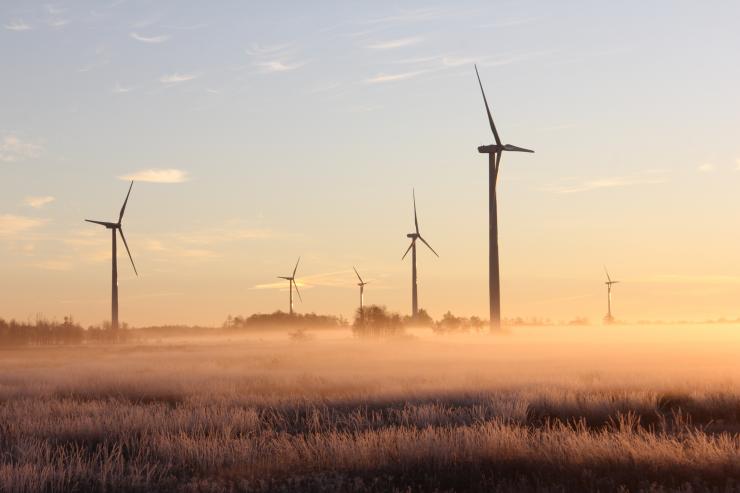Renewable Energy Policy in Canada
As you can imagine, Canada is quite different in terms of grid maturity and economic development than we saw with developing areas. How Canada address renewables and plans to integrate these sources into their energy grid is quite different than Africa.
Assigned Reading
You will find an excellent overview of the nation’s renewable profile on this Canadian government website.
Also listen to the podcast called Lessons for a Canadian Hydropower Company by the Columbia Energy Exchange. This is long (46 minutes) so you do not need to listen to it all, but listen to the first ten minutes and maybe skip ahead a few times to get the essence of the interview.
Lessons from a Canadian Hydropower CompanyYou might be surprised to see exactly how their renewable portfolio is balanced. Canada by far depends on hydroelectric power. This is an excellent example of a situation where a country wants to leverage renewables and utilizes their best resources to do so. Canada does use solar, wind, and others, but for them, moving water is the primary option. You might also find it interesting that up to 80% of Canada’s energy is generated by clean, low to zero emission sources. But this is in large part due to nuclear being part of the mix.
We also see with Canada something typical with developed nations with mature traditional fossil fuel powered electric grids. The most effective way they can grow renewables is by replacing part of this fossil fuel-dominant energy portfolio with renewables. Recall this differs from areas where there is no established grid where they can integrate renewables from the start. To make this “retroactive integration” feasible, there is a need to have a mix of regulation where it is required by law combined with incentives to create the technology and practices that will make the transformation feasible.
In Canada, the government requires there be a certain percentage of renewables in the energy mix of power production. This percentage may differ from province to province, but, in all cases, there must be a renewable energy component in the total electricity generated. Canada also has a transportation component where the federal Renewable Fuels Regulations require fuel producers and importers to have an average renewable content of at least 5% based on the volume of gasoline that they produce or import, and at least 2% of the volume of diesel fuel that they produce and import.

